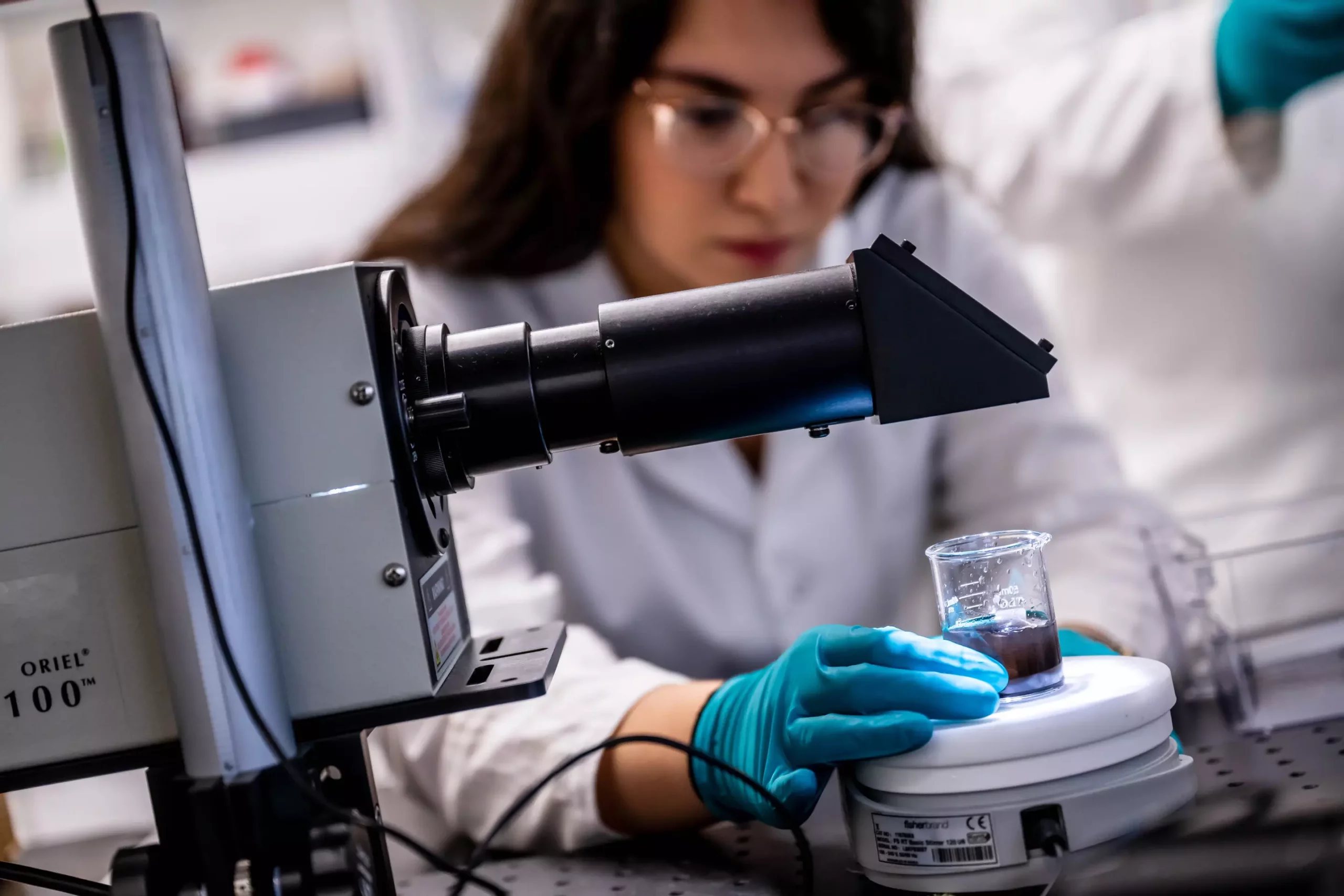Per- and polyfluoroalkyl substances (PFAS), commonly referred to as “forever chemicals,” pose a significant threat to environmental health and human wellbeing. Their pervasive use in consumer products, such as waterproof clothing and non-stick cookware, has led to their ubiquitous presence in ecosystems worldwide. Despite offering beneficial properties like resistance to heat and stains, PFAS substances are notorious for their durability, making them challenging to degrade once released into the environment. Recent studies have linked PFAS exposure to several severe health issues, including cancer and liver damage, underscoring the critical need for efficient remediation technologies.
In light of these pressing concerns, chemical engineers at the University of British Columbia (UBC) have proposed an innovative treatment system that promises to effectively trap and break down PFAS in a single, cohesive process. This development could dramatically enhance current water treatment approaches, providing a practical solution to a toxic legacy that threatens public health and ecosystems.
The cornerstone of UBC’s new technology lies in its unique combination of an activated carbon filter and a patented catalyst. This dual-function system not only adsorbs harmful PFAS but also facilitates their destruction, making it distinct from existing technologies that typically perform only one of those functions. The systematic process is designed to adapt well to high volumes of water, typically required for municipal water treatment. According to Dr. Johan Foster, the lead researcher on the project, this integrated system can remove PFAS efficiently, demonstrating the capacity to eliminate as much as 90% of these persistent substances from contaminated water in a remarkably short time frame.
This novel methodology stands out particularly for its efficiency under a range of operating conditions. While traditional PFAS treatment methods often require optimal UV light exposure to function effectively, the UBC system exhibits a remarkable flexibility in performance. Dr. Raphaell Moreira highlighted its effectiveness even under low light conditions, making it a viable option for regions that receive limited sunshine, further broadening the potential application of the technology across different geographic locations.
While the primary focus of this research has been the removal of PFAS, the catalyst’s versatility suggests that it could also be adapted to tackle a variety of other persistent contaminants. This characteristic is especially significant as water pollution continues to evolve, leading to increased urgency in finding multifaceted solutions. As environmental regulations tighten, municipal water systems may increasingly rely on innovative technologies like this one, which offer a cost-effective and sustainable approach to improving water quality.
The inventiveness seen in the UBC research team’s work highlights the importance of interdisciplinary collaboration in addressing complex environmental challenges. By merging the realms of chemical engineering and environmental science, the team’s efforts to create a commercially viable solution could usher in a new era of water treatment that prioritizes sustainability and efficiency.
In pursuit of bringing their promising technology to market, the research team has established ReAct Materials, a company focused on exploring commercial applications for this innovative catalyst system. The goal is that this technology could be deployed in both municipal water systems and industrial settings, particularly in processes that require waste stream management.
Considering the economic and environmental benefits of utilizing forest or agricultural waste as a foundation for the catalyst, the potential for this solution extends beyond just improved public health; it also fosters a greater circular economy framework. By harnessing natural resources that might otherwise go to waste, the research could pave the way for more eco-friendly remediation strategies that are both practical and scalable.
As the challenge of PFAS contamination continues to loom large over global water quality, innovative solutions like the one developed at UBC will play crucial roles in addressing this issue. This integrated water treatment technology not only showcases a leap forward in the fight against forever chemicals but also emphasizes the necessity for continued research and development in sustainable practices. Moving forward, it is imperative that researchers persist in their quest for effective solutions to overcome the environmental legacies left by previous industrial practices, ensuring a healthier future for both people and the planet.

